My friend Amy sent an email to me recently with an interesting subject: “The Smallest Restaurant in the World.” It turns out that this restaurant — which seats only two people — is in Finland. Amy found this bit of trivia on a website named Atlas Obscura at https://www.atlasobscura.com.
I went to the website to read its article on this tiny restaurant and view the photos. I am copying the short article for your convenience (I’m sure Atlas Obscura won’t mind the publicity):
Though you may not think it to look at it, this small yellow wooden cabin down by the water is actually a restaurant named Kuappi. A sign out front proudly declares it as the smallest restaurant in the world.
A few restaurants around the world claim to be the world’s smallest, but this tiny establishment in Iisalmi, Finland, is a Guinness World Record holder, and unique among contenders for being the only one in a self-contained building. The dining room takes up less than half of the cabin’s 86 square feet (8 square meters), and can only fit two guests.
The entire restaurant consists of a tiny kitchen, table, two chairs, bathroom, and a small terrace that (weather permitting) can sit another two guests. Despite the small size, there’s still a full bar, but in order to fit it in the cabin all the alcohol is kept in mini-bottles.
Because of the restaurant’s very limited space, you’ll need to reserve a table in advance. But once you get there you can be sure that the one and only table in Kuappi is yours.
Know Before You Go
Restaurant Kuappi is located in the town of Iisalmi, Finland. You will find it down by the water just a few blocks away from the main street and the shopping center. Make sure to make a reservation in advance.
Here are four of the photos from the website:
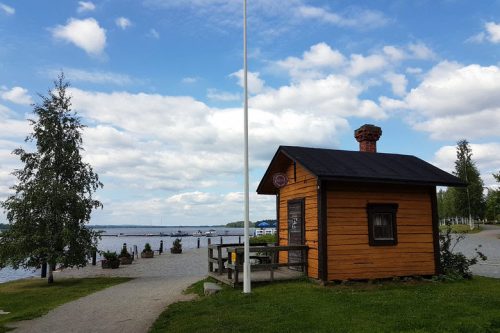
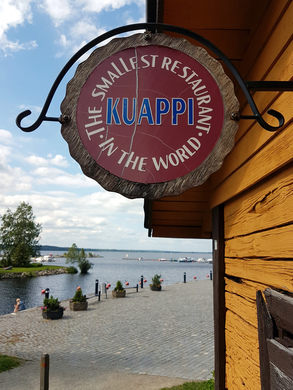
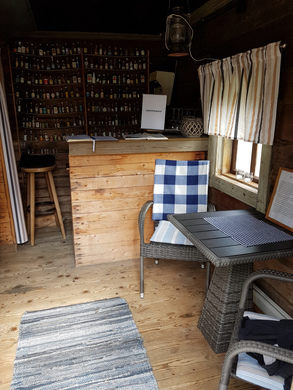
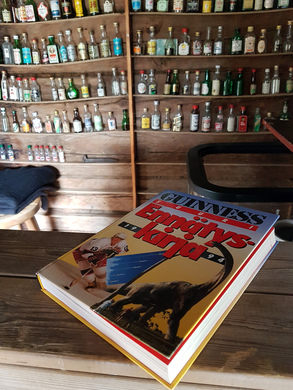
It would have been fun to visit Kauppi during my recent visit to Finland, but sadly it was not on my jam-packed itinerary.
If you want to see the web page and view larger versions of the photos, go here.
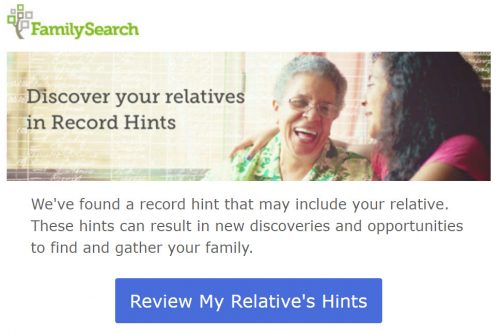 The email provided these instructions about how to review and attach a record hint after you click on Find Your Relative’s Hints:
The email provided these instructions about how to review and attach a record hint after you click on Find Your Relative’s Hints: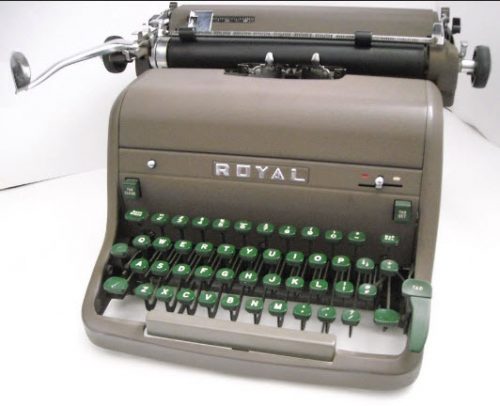
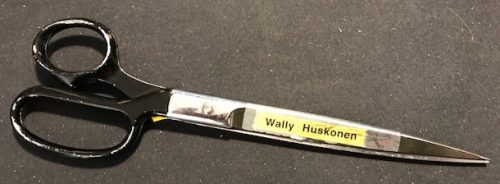
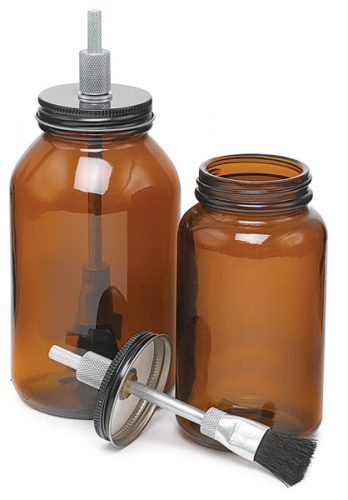

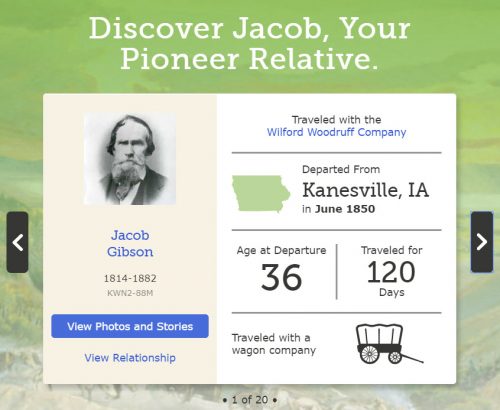
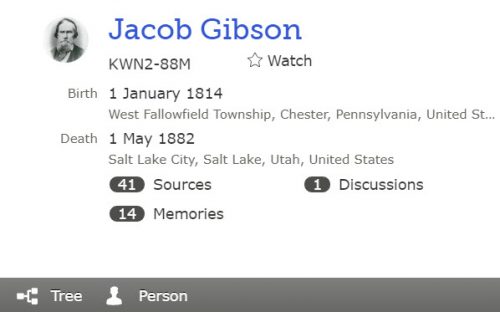
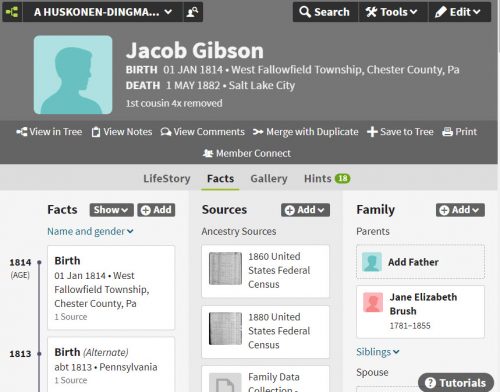

Recent Comments